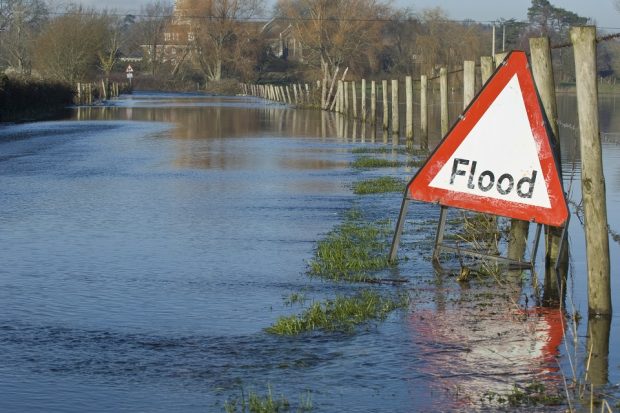
This morning, there is coverage on the condition of flood defences across England, following an appearance by the Environment Agency’s Chief Executive, Sir James Bevan before Parliament’s Public Accounts Committee of MPs on Thursday.
The coverage points out that more than half of damaged flood defences have not been fixed since last winter’s severe weather. However, it does not reflect the complete picture with all of our flood defences which were damaged last winter being ready for more potential wet weather in the coming months.
Last winter saw record-breaking wet weather. 2019 was the wettest autumn on record and February 2020 was the wettest February on record, with some places receiving four times their average rainfall. While 4,600 properties were sadly flooded, almost 130,000 properties were protected by EA defences, despite water levels in some places being higher than the floods of 2007, when 55,000 properties flooded.
Supported by a £120m investment from government, work on a recovery programme started immediately after last winter’s flooding. Environment Agency teams completed over 14,000 inspections of affected assets between 12 February 2020 and 31 March 2020, with this regime continuing throughout lockdown to complete more than 20,000 inspections across England since last winter’s flooding.
Following these inspections, we have been completing a recovery programme, which means that all of our flood defences which were damaged last year are winter ready.
We have prioritised the repair of assets that pose the most significant threat to lives and livelihoods. More than 250 of these repairs have been completed, and where the work is complex and ongoing, we have robust contingency plans – such as the deployment of temporary barriers or mobile pumps.
However, not all of the flood defences that were damaged last year have required repairs or contingency plans – much of the damage has been minor, not compromising on levels of protection. For example there may have been minor damage to the lock on a flood gate or minor damage to the footpath on top of a flood embankment – meaning that despite being damaged, the defence still offers the same level of protection.
Alongside this significant recovery programme, the Environment Agency is prepared to take action this winter wherever it is needed and throughout the year they have continued to build and repair flood defences. We have 250 high volume pumps available and 6,500 trained staff across the country and have bolstered resilience and have trained contractors to be on hand to support local incident teams preparing for and responding to flooding across England.
We have made also continued to make significant progress in our longer-term work to better protect and prepare the country against flooding and are on track to better protect 300,000 homes by March 2021.Over the next six years we are investing a further £5.2 billion to build 2,000 new flood and coastal defences and better protect another 336,000 properties.
1 comment
Comment by William Hughes-Games posted on
Of great importance is not to follow the example of the American Army Corp of Engineers and try to confine streams to channels. Water must be allowed to extend across flood plains in farm lands above villages and then drain back into streams. This greatly reduces flood peaks. The minimal damage to farm lands is far less, financially than the damage to the infrastructure of villages. But then there is another measure that is being utilized in some locations in the UK (forest of Dean for instance) of introducing beavers to the head waters of streams. Their beneficial effects go far beyond the mitigation of floods.